Rewritten in 2023 with a set of different bars, more info on the unique buying points of each, and the price limit raised to $370 to accommodate higher prices over time and a couple bars that deserve a look.
Table of Contents
Introduction
Crossfitters have different requirements than old-school lifters focused on the more narrow sports of olympic weightlifting, bodybuilding, powerlifting, or strength training.
The thing is, Crossfitters need a good quality bar that’s good for high-rep olympic lifting AND versatile enough for presses, deadlifts, and varying grip widths.
It’s tough to get a perfect bar that’s good for all types of exercises. There are little trade-offs everywhere that are suited for specific exercises and can make a difference between your making the next PR or getting held back because there’s something not ideal about the bar.
When money is no object and you’re willing to pay $700 for an Eleiko XF Bar (by all means, go for it), you don’t really need this guide. Keeping it down to about half that price, which we are focusing on here, gets trickier.
Comparison Chart
First, here are the top 5 bars under $370 I’ve narrowed it down to.
(scroll right to see all 5)
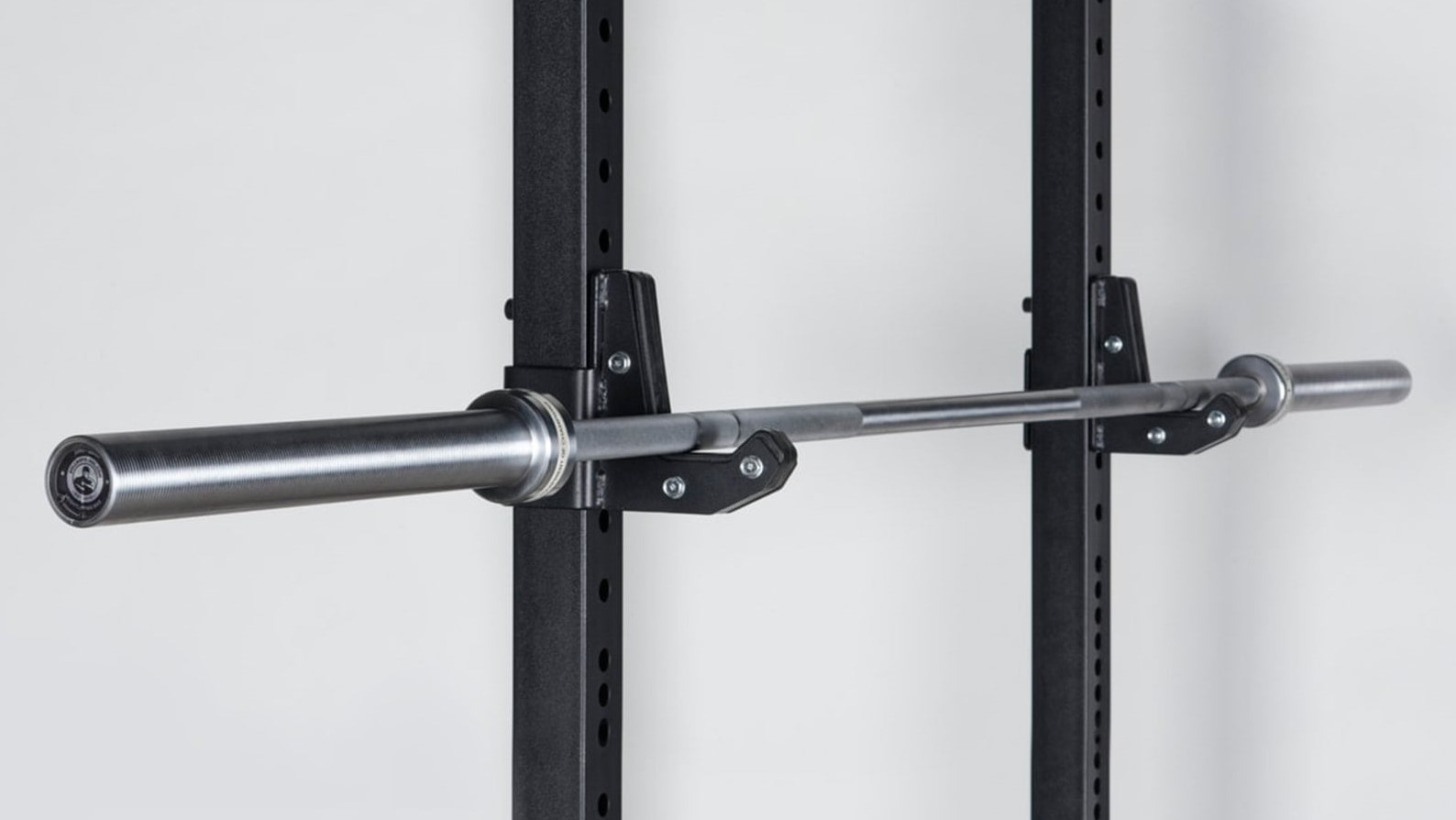 | 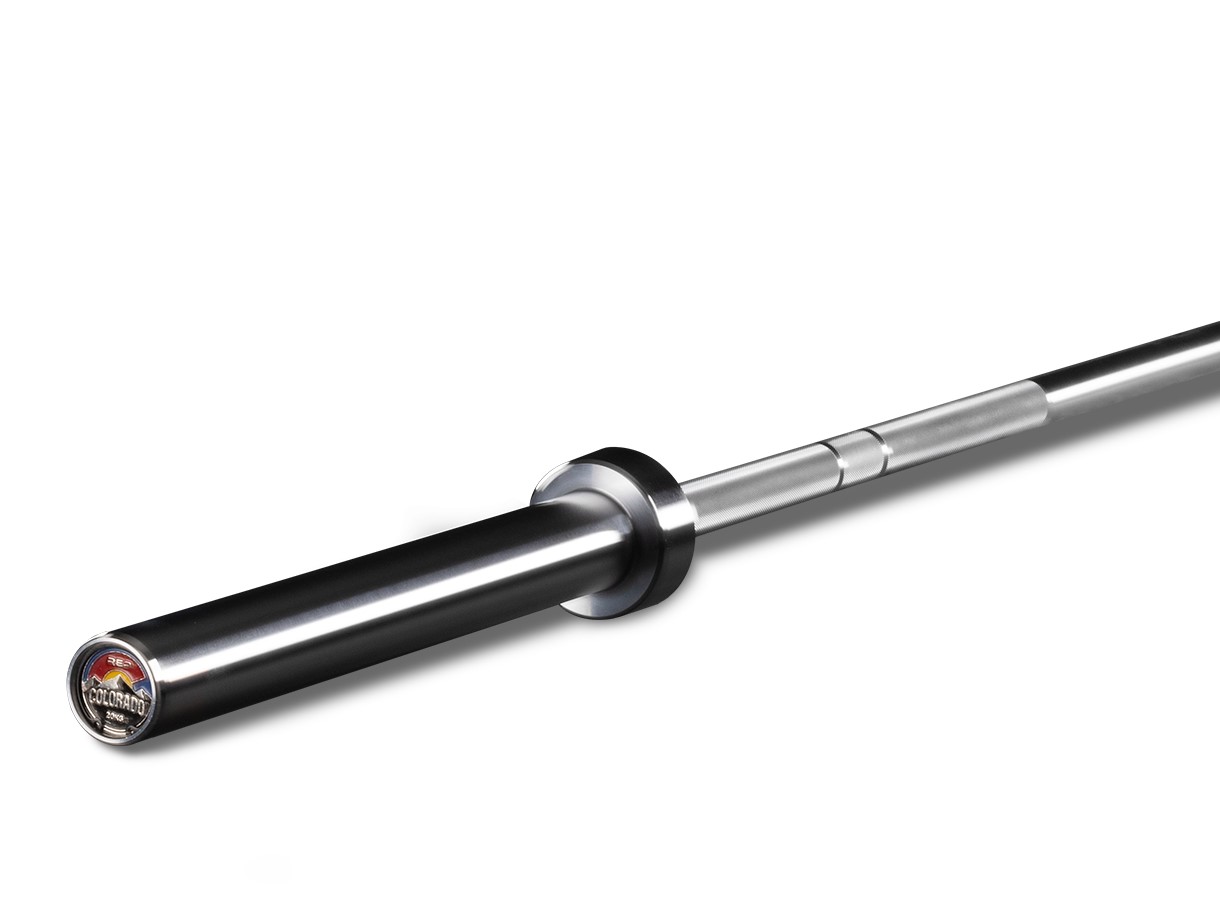 |  | 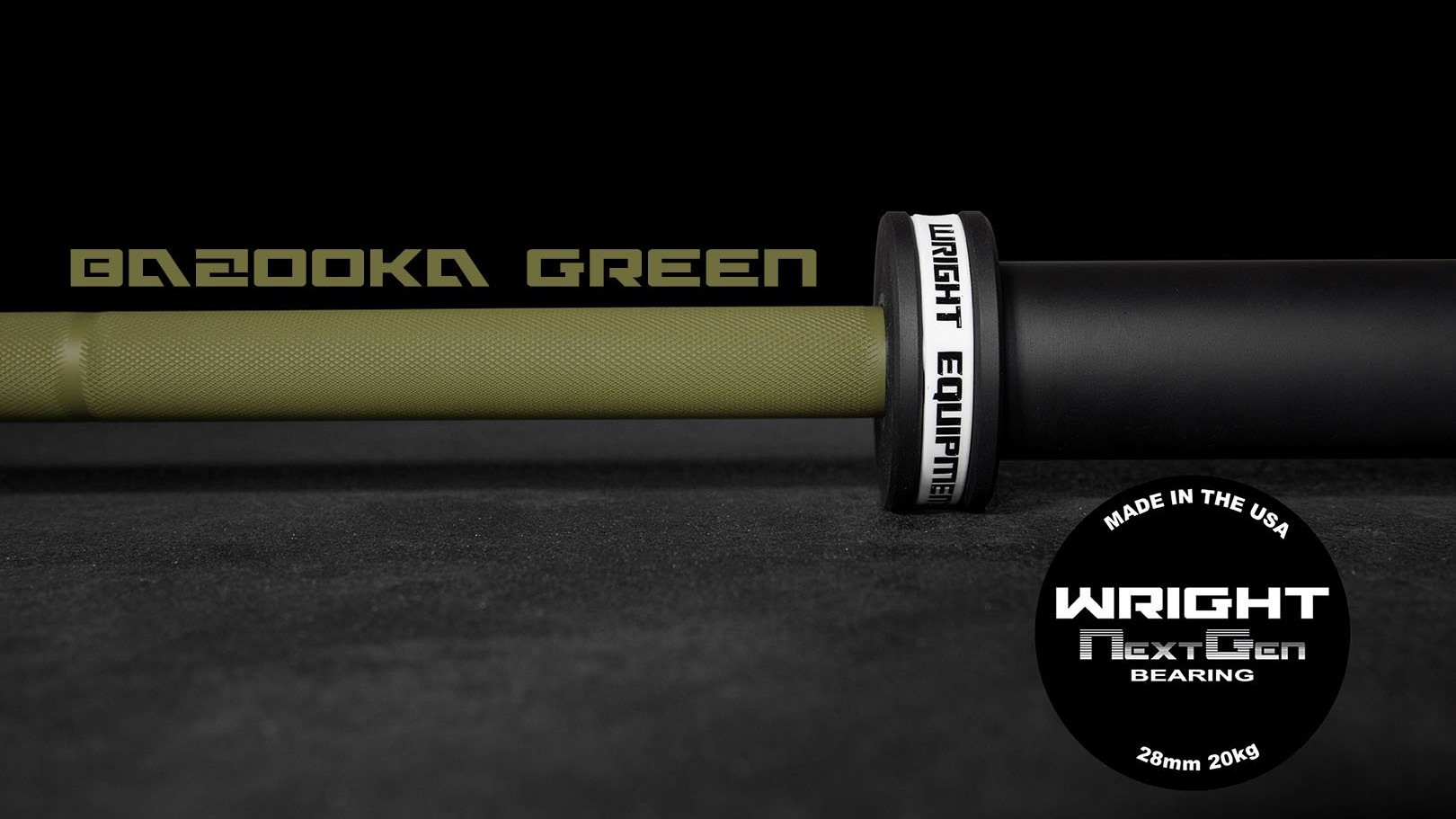 | 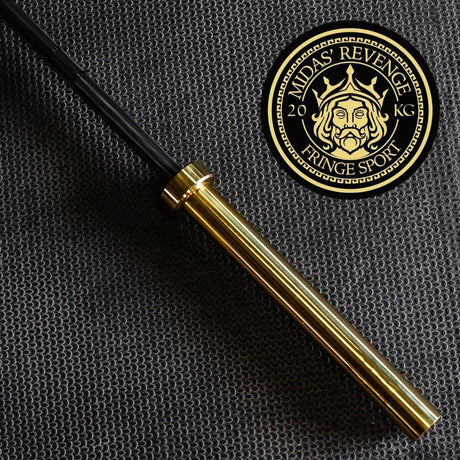 | 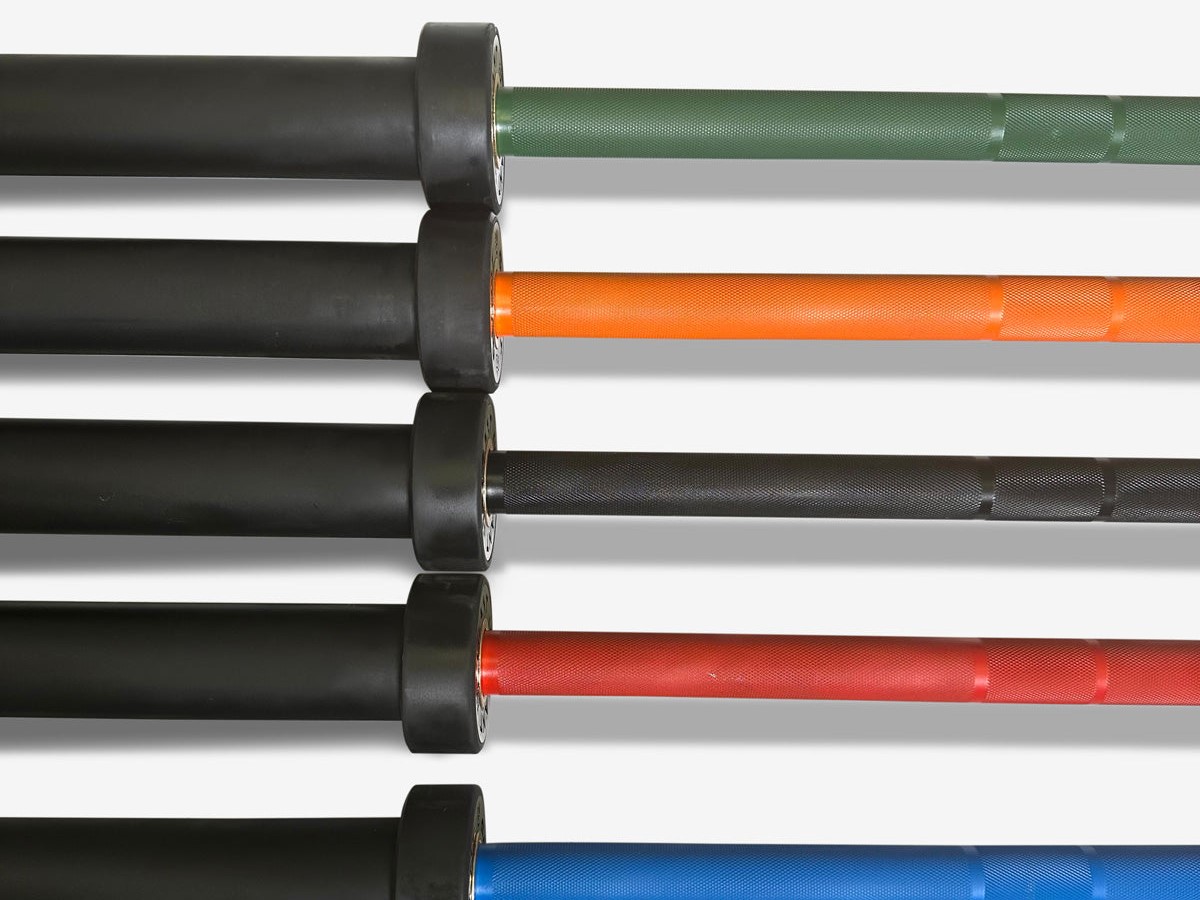 | |
| BoS Weightlifting Bar 2.0 | Rep Colorado Bar | Rogue Ohio | Wright Next Gen Bearing | FringeSport Midas’ Revenge | Giant Lifting Hybrid Bar | |
| SHAFT | 28.5mm | 28.5mm | 28.5mm | 28mm | 28.5mm | 28mm |
| SHAFT FINISH | Hard Chrome | Hard Chrome or Cerakote | many | Cerakote | Cerakote | QPQ |
| PSI | 240,000 | 190,000 | 190,000 | 201,000 | 190,000 | 190,000 |
| ROTATION | Bearings & Steel Bushings | Composite Bushings | Bronze Bushings | Bearings | Bronze Bushings | Bearings & Bronze Bushings |
| KNURL MARKS | Dual | Dual | Dual | Dual | Dual | Dual |
| CENTER KNURL | No | No | No | No | No | No |
| KNURL TYPE | Volcano | Volcano | Volcano | Volcano | Fine Volcano | Volcano |
| MADE IN | China | China | USA | USA | China | China |
| PRICE | $290 | $320 | $295-$370 | $287 – use code TWOREP for 5% off | $365 | $260 |
Why These Bars Made the List
These 5 bars all work great for Crossfit, better than so many others out there. Here’s why.
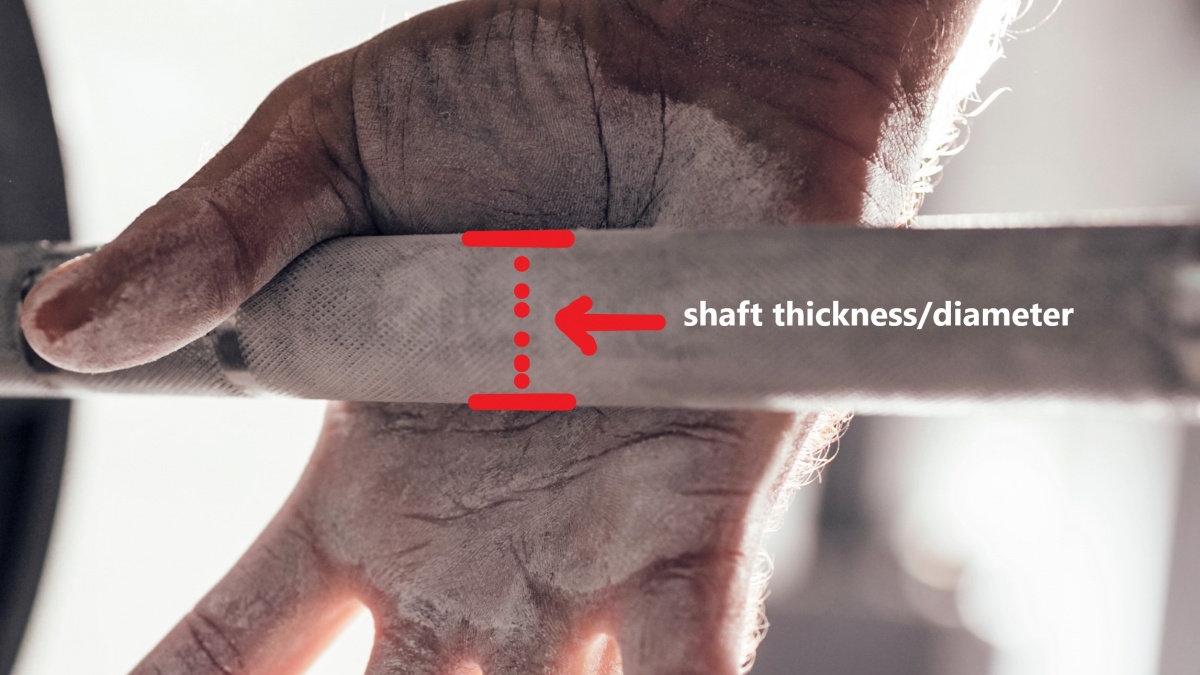
Let’s start with the shaft diameter. A Crossfit bar needs to have a 28mm-28.5mm shaft. Anything thicker than 28.5mm gets harder to hold onto for heavy pulling movements like deadlifts, cleans and snatches. You might wonder, does another half a millimeter actually make a difference? To beginners who have yet to push themselves for long enough to establish their personal bests, no. To the discerning lifter who is struggling at the top of his game, yes, it will make a difference, like any of the rest of these specs.
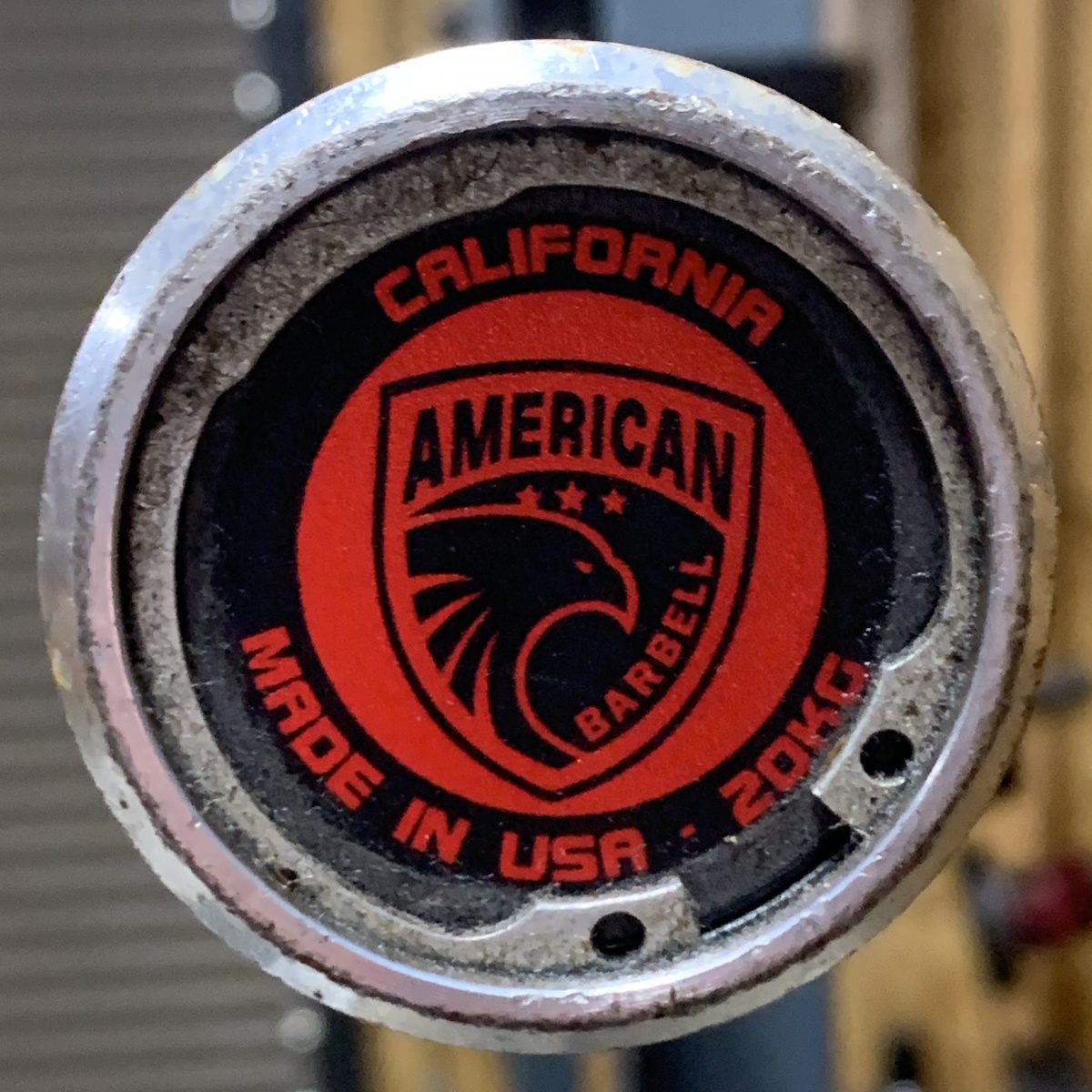
And just to make it clear, any of these bars need to be made well, with snap rings to secure the sleeves onto the bar. This is to ensure the sleeves don’t break loose and fall off the bar after enough drops with bumper plates. Dropping a bar is tough on it, even on 3/4″ rubber flooring. Good bars can hold up fine. On the cheapest bars, usually sold for around $100-$115 or included in a 300 lb weight set, you’ll find an allen bolt, which you need an allen key (hex key) to tighten. And tighten it you will. These are notorious for coming loose over time, bending, or even breaking.
Center knurling is the approximately 8″ section of knurling directly in the middle of the bar shaft. Normally you don’t grip that area. Its main advantage is when you’re doing back squats it creates friction to keep it in place on your upper back. Back in the day it was originally put there for the “one handed snatch”, an exercise that has fallen out of favor (but is still often done as a kettlebell exercise). The bummer with center knurling is that’s the part of the bar that touches the front of your neck when you catch a clean in the “front rack” position. Not comfy, especially for the high reps in a Crossfit workout. For this reason, no center knurling is absolutely the best move here.
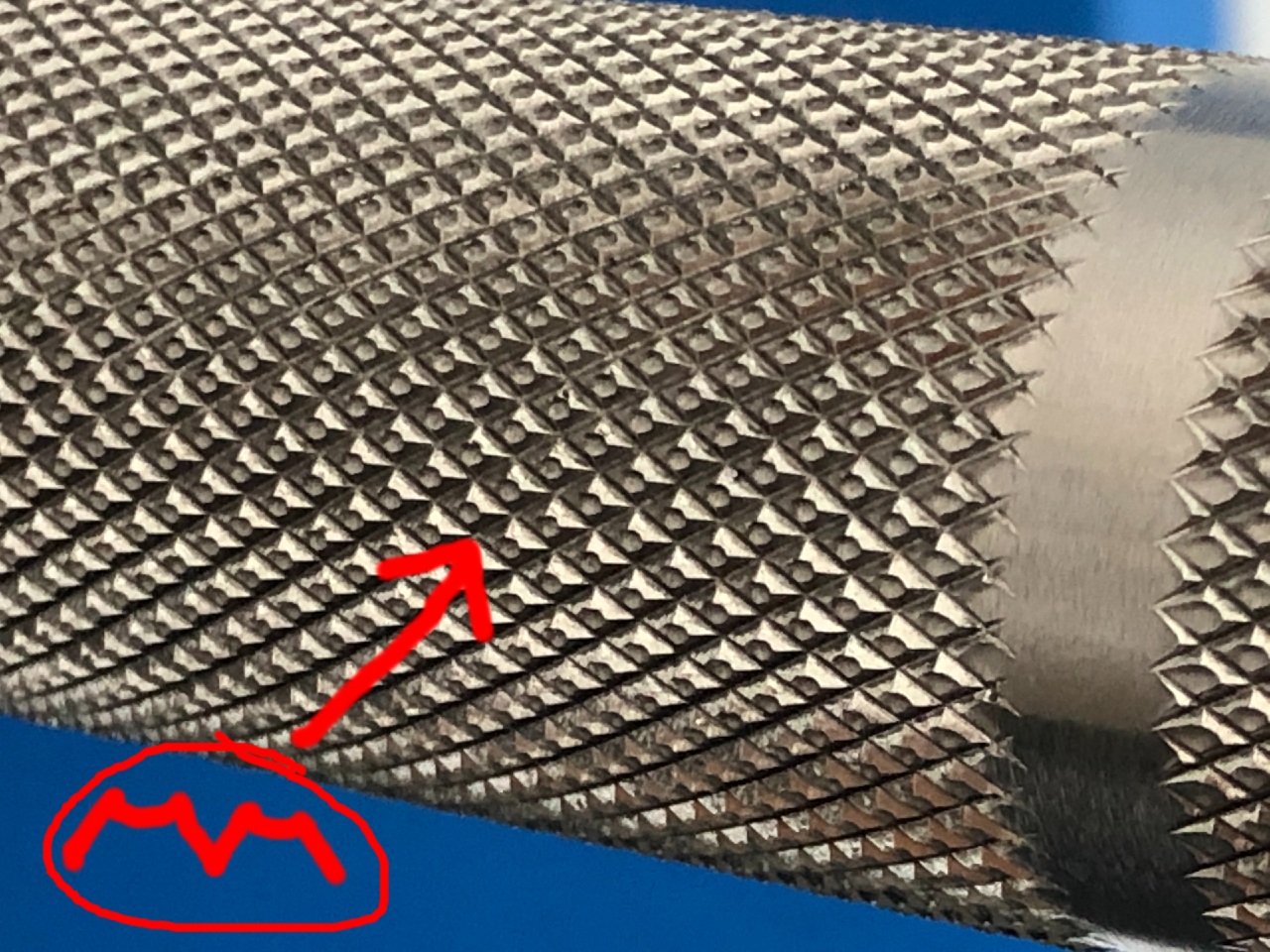
As far as the rest of the shaft, you need knurling to get any kind of decent grip, with the consideration that it should also be easy enough on your hands. Any bars with mountain type knurl like the Texas Power Bar, or any particularly high-peaked volcano style knurl, are disqualified for this list because they’re a step away from being a cheese grater. Crossfitters tear up their hands enough from high-rep cleans, gymnastics rings work, kipping/butterly pull ups, and kettlebell work that they need to find ways to minimize the damage. On the other end, you don’t want hill type knurl either because it doesn’t give enough of a grip, although in a pinch you could use it. So the best is right between the two, a light to moderate volcano knurl. See our article on knurl patterns for a fuller explanation with pics.
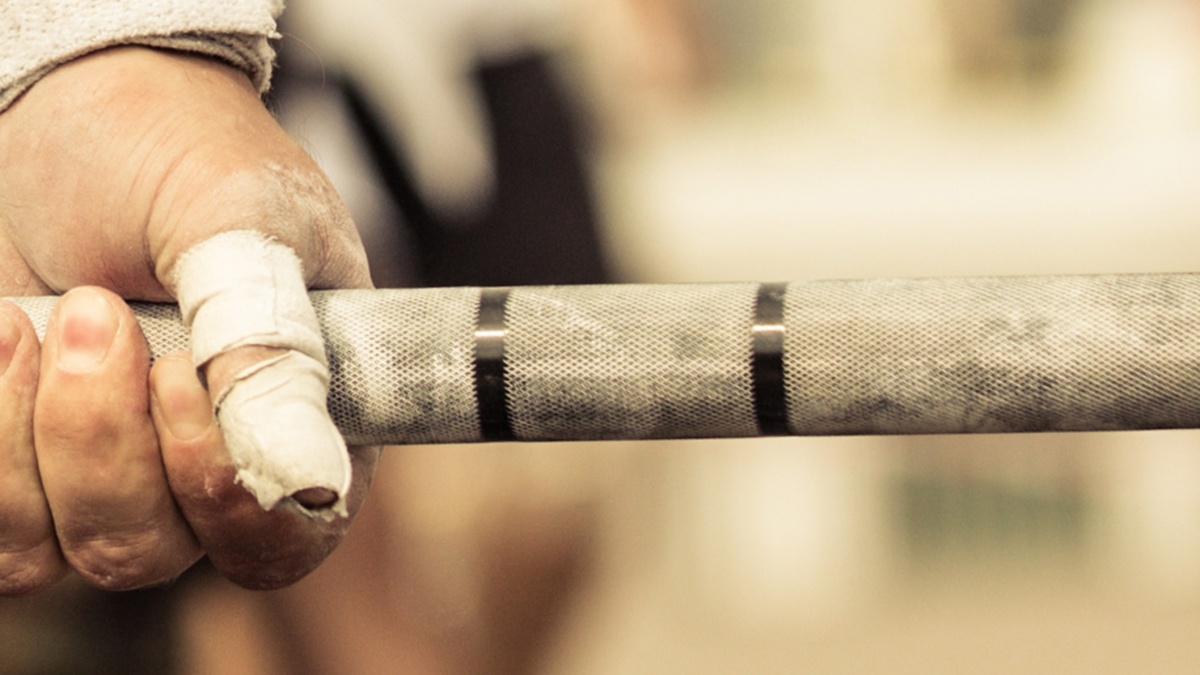
About mid-way between the center of the shaft and the edges are some 1/2″ wide non-knurled ring marks in the bar. The position of these is actually precisely specified in the IWF and IPF barbell regulations as 810mm and 910mm apart, respectively. Because Crossfit involves a variety of exercises, double ring marks give you the most visual and tactile guides to precisely place your hands each time. I’ve heard it called several things: double knurl marks, dual knurl marks, or dual IPF/IWF ring marks, or whatever. You get the idea. These aren’t essential, but now that we have a choice and it’s not a unique thing that only one bar in existence has (the York B&R bar was the only one for a while), it’s nice to have. Yeah, we’re pampered. The kids today don’t know how rough we had it!
And lastly, all these bars have 190,000 PSI or greater. 150,000 PSI bars were acceptable in the past, but people have found them to occasionally bend on the platform or rack from bad drops.
Bar Coatings
Hard chrome is the toughest coating, but its surface is so smooth that it gets slippery with sweaty hands, even with the knurling. The chrome plating process also fills in the knurling a little bit, decreasing the knurling’s effectiveness.
Black oxide is some super thin stuff. That’s why it feels so much like bare steel. It’s a coating that’s created by applying a chemical to the steel that causes it to oxidize (rust) into the inert black oxide rather than the brown ferrous oxide we fear. This layer of oxidation is extremely thin, more so than any other coating or plating method out there. However, black oxide also doesn’t do a lot for you unless you oil your bar, which activates the black oxide’s corrosion resistance. And black oxide always rubs off over time, not only from power rack abrasion but just from your hands, which is the main gripe about it from lifters.
Zinc can be bright colored or coated over with a layer of black. Both feel good and aren’t slippery. Zinc plating is done in many industries and is applied to a lot of tools and hardware.
Cerakote, while not new itself, is one of the latest coatings that bar manufacturers have started using. Cerakote is a brand name of a hard and durable ceramic coating, touting a long track record in its use on firearms. The reason it got introduced to bars is it can easily be colored and can even be applied in detailed patterns. Aside from style, colors are nice for identifying a bar among others in a gym.
Sleeve Spin – Bushings and Bearings
Spin of the sleeves is a very good thing, I dare say one of the main features of an olympic bar that makes them so much better than tree branches or any spare length of cold rolled steel lying around.
Of course, with sleeve spin in practice we’re actually talking about the spin of the shaft while the sleeves stay pretty much oriented the same. It’s what facilitates the hand transitions in a clean-and-jerk or a snatch. You want the shaft to rotate from the smallest nudge mid-air so you don’t tweak your wrists, which would lead you to tweak your shoulders, back, and everything else in an attempt to save it.
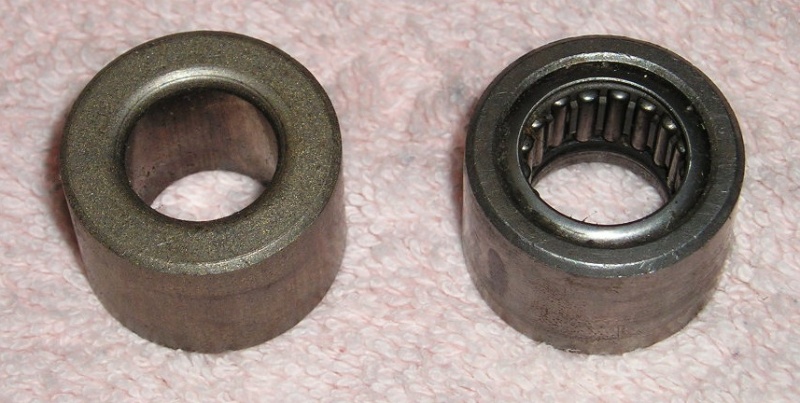
Bronze bushings are great. In this application the bronze will never bend or break. It’s hard and doesn’t get roughened up over time. It rubs against steel with low friction for a good smooth spin.
Bearings have the ultimate spin. Ball bearings, which are spherical, is the old way of doing it. The problem with them is a bearing could get dented from a particularly hard uneven drop, or being slammed into a vertical bar holder (one end up). All the modern bars use needle bearings instead, which are like pins instead of balls. These are much more tolerant to really bad drops onto one end, and just as sensitive a spin.
Also, regarding another aspect of the sleeve – Some sleeves have small grooves on the surface, which creates extra friction to stop plates and collars sliding. I won’t get into that here, as the grooved sleeves are covered in another article.
Detailed Look at Each Bar
Bells of Steel Weightlifting Bar 2.0
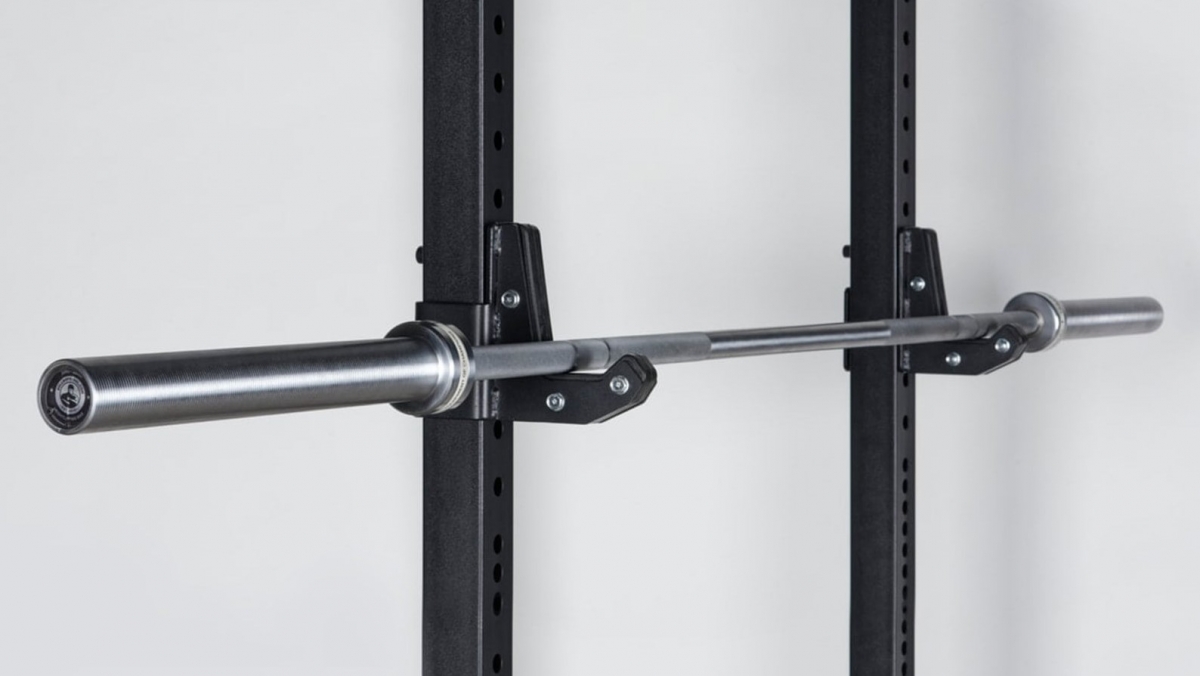
A tried and true bar that has been popular since it came out around 2018.
Unique Points:
One of the lowest priced of the bunch, and with generally great specs including a whopping 240,000 PSI tensile strength. Bells of Steel is known for having appealing prices on many products.
It only comes in a chrome finish, which is overall the least desired nowadays. This makes the bar slightly dated.
Rep Fitness Colorado Bar
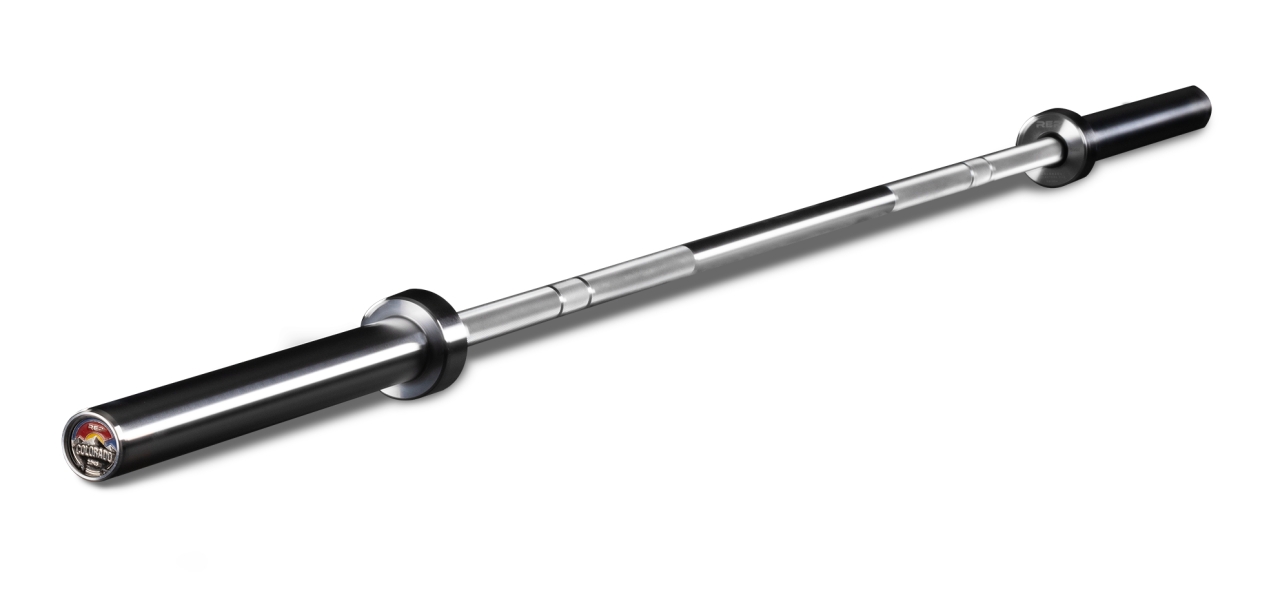
Similar to Rep’s discontinued Excalibur, but with composite bushings instead of a bushing/bearing combination, and Cerakote finish options in addition to chrome.
Unique Points:
The sleeves are finished with Duracoat, while the shaft is Cerakote. I can only imagine this is to save on costs, with Duracoat being the cheaper and less durable option. So this appears to be a negative.
On the plus side, they use composite bushings in the sleeves, the quietest option if you’ll be dropping the bar, as well as arguably the most durable. Most of the other bars here use metal bushings or needle bearings.
Rogue Ohio Bar
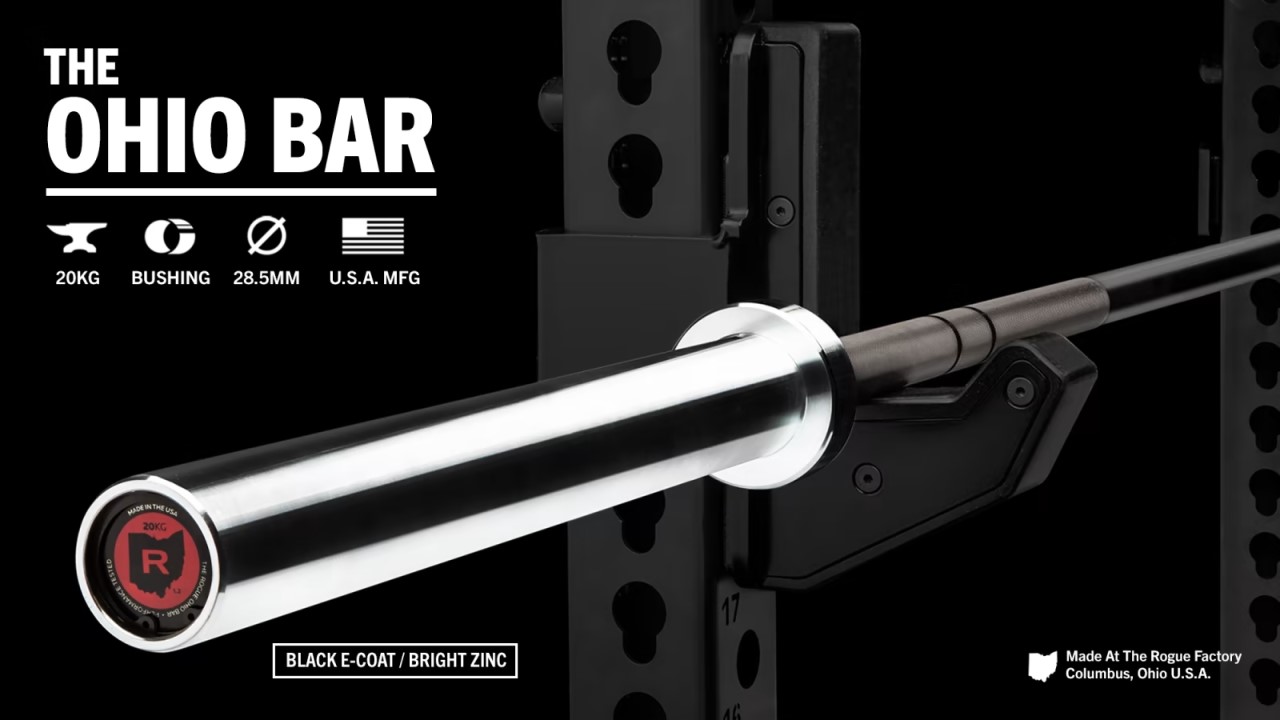
Rogue’s longtime flagship bar. You can’t go wrong with Rogue’s quality and dependability.
Unique Points:
The only bar here with stainless steel, black oxide, e-coat, and black zinc options.
Plus, if you want a custom logo bar, this is the only way to go. See the Custom Ohio Bar and upload your image into their online designer.
Along with the Wright bar, Rogue is one of the only USA-made options.
Another Option: Rogue Bar 2.0
To be fair, I don’t really want to be featuring two Rogue bars here and only one of the other brands, but this one deserves a mention too because of its history.
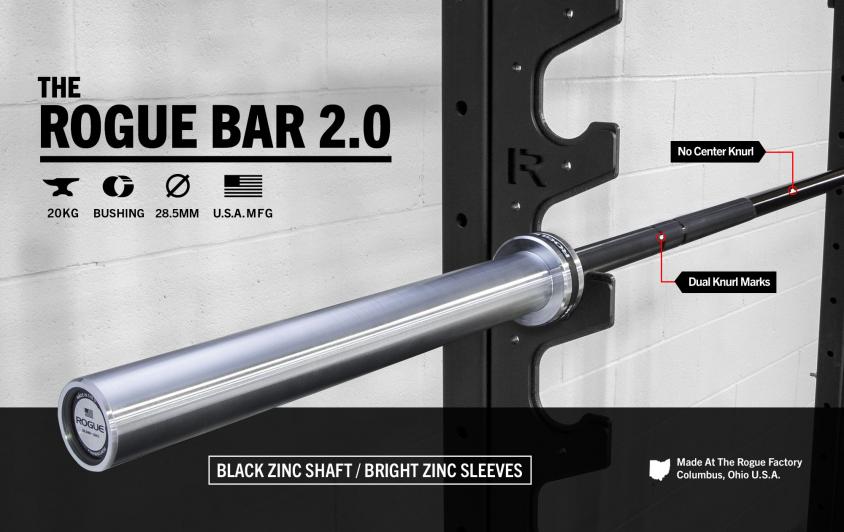
The original “Crossfit bar”, if there ever was one unofficially, would be the original Rogue Bar. It was used for a few years in the Crossfit Games. In 2014 I believe they began using one of Rogue’s other bars with bearings instead, perhaps the Rogue Olympic Weightlifting Bar. Anyway, the Rogue Bar 2.0 has the newer, slightly more expensive composite bushings that hold up really well and are quieter when dropping.
It has a neat silicone band option on the shoulders that you can buy more of in several other colors, making it easy to identify from a distance. Really you could put any kind of elastic band in that groove.
Other than those features, it’s pretty similar to the Ohio Bar.
Wright Next Gen Bearing Bar
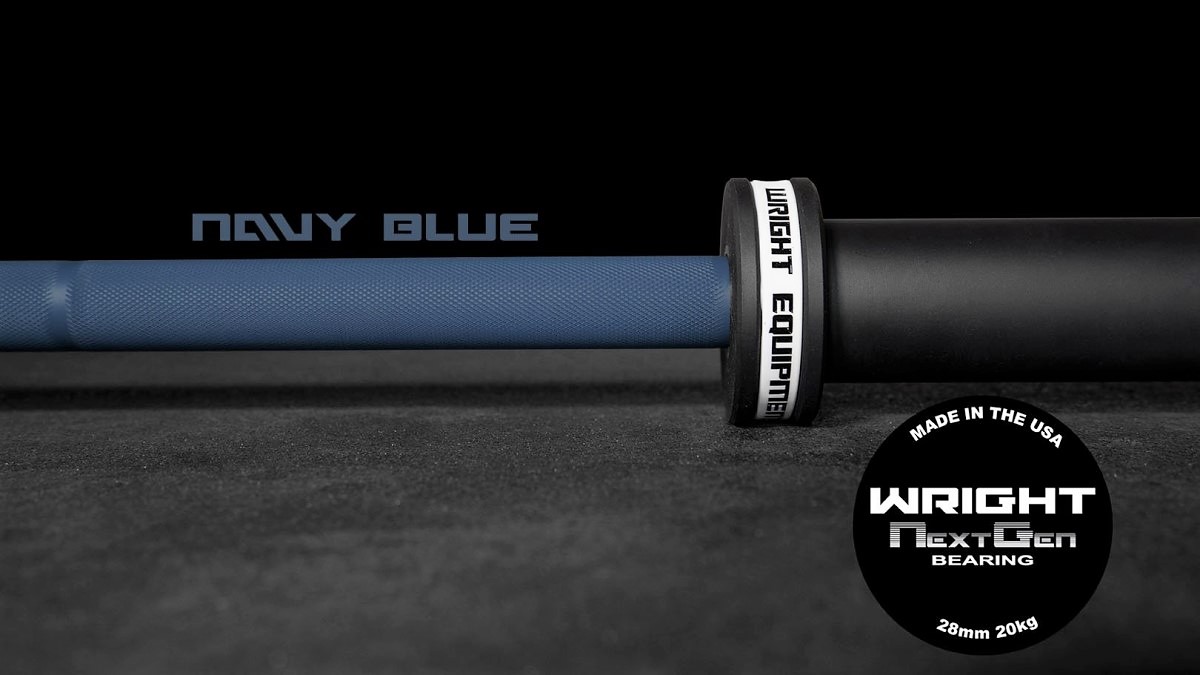
At the moment, Wright lists this bar as two different products:
- Black Cerakote with a choice of bright zinc or black zinc sleeves
- 9 Cerakote color/design choices with black Cerakote sleeves only
It appears they did this because they’re offering the zinc sleeves for only the black Cerakote, and I guess their website software is unable to restrict the shaft/sleeve choice combinations. The prices for both listings are about the same. The zinc or Cerakote sleeves are both durable and well-suited for standing up to the abrasion and banging of plates.
You can use our code TWOREP for 5% off this bar (or any order) at Wright. Like Rogue, they charge shipping, so this discount helps a bit.
Unique Points:
Along with Rogue, this is one of the only USA-made bars featured here. I always like to point out USA-made products in these guides.
It’s the only bar featured here with both a 28mm shaft and needle bearing sleeves, making it ideal for olympic weightlifting. Note that not everyone likes the ultra-sensitive spin of needle bearings, even though it’s a premium feature.
FringeSport Midas’ Revenge
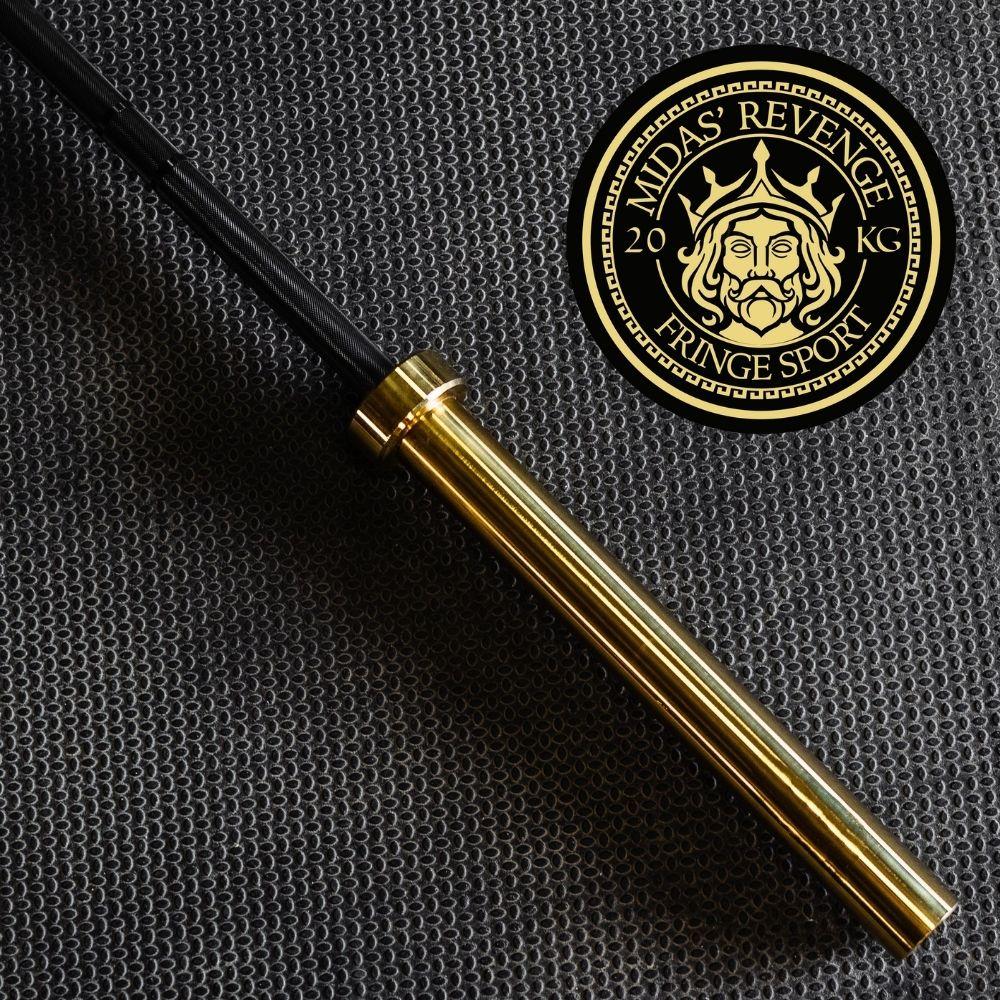
One of my main reasons for revising this article was to include this bar! It looks too cool to not mention.
In many ways this bar is similar in construction to their Bomba Bar v3, with a lower price thanks to bronze bushings instead of bearings in the sleeves. They also changed the shaft diameter from 28mm to 28.5mm.
Unique Points:
The gold sleeves make this unlike any bar you’ve seen. Discussions online suggest that this bar really is as cool looking as they advertise it. Fringe has never been afraid to try unique spins on products.
I asked Fringe about the material, and they explained that it’s actually a titanium nitride finish on steel sleeves. Titanium nitride is a hard ceramic coating that is naturally golden colored and is used in other applications like firearms where wear resistance is important. Think of it as much like Cerakote, another common wear-resistant ceramic coating that is in fact used on the shaft of this bar and a few others featured here.
The volcano knurling is more finely spaced than on the other bars here, resulting in smaller volcanos that are not as likely to damage your hands for high-rep workouts.
Giant Lifting Hybrid Bar

Giant Lifting is a relatively new company whose website started up in 2020 after a few years of dealing locally only. They have always been responsive and helpful when I have product questions for my articles.
This bar has gotten almost no attention and appears to me to be overlooked due to its price point. So I’m happy to be the one to give it a shout out here. If you’ve tried it, please leave a comment with your experience!
Unique Points:
Giant Lifting uses a QPQ process to form a coating on the sleeves that is protective against corrosion and wear. QPQ stands for “Quench Polish Quench”, actually a process of nitrocarburizing, polishing, and quenching. If you don’t know what I’m talking about, neither do I. That’s the gist of what I found when looking it up.
Crazy low price of $260. I don’t know how they manage it.
Our links for Giant Lifting get you an automatic 5% off, or use code TWOREP at checkout.

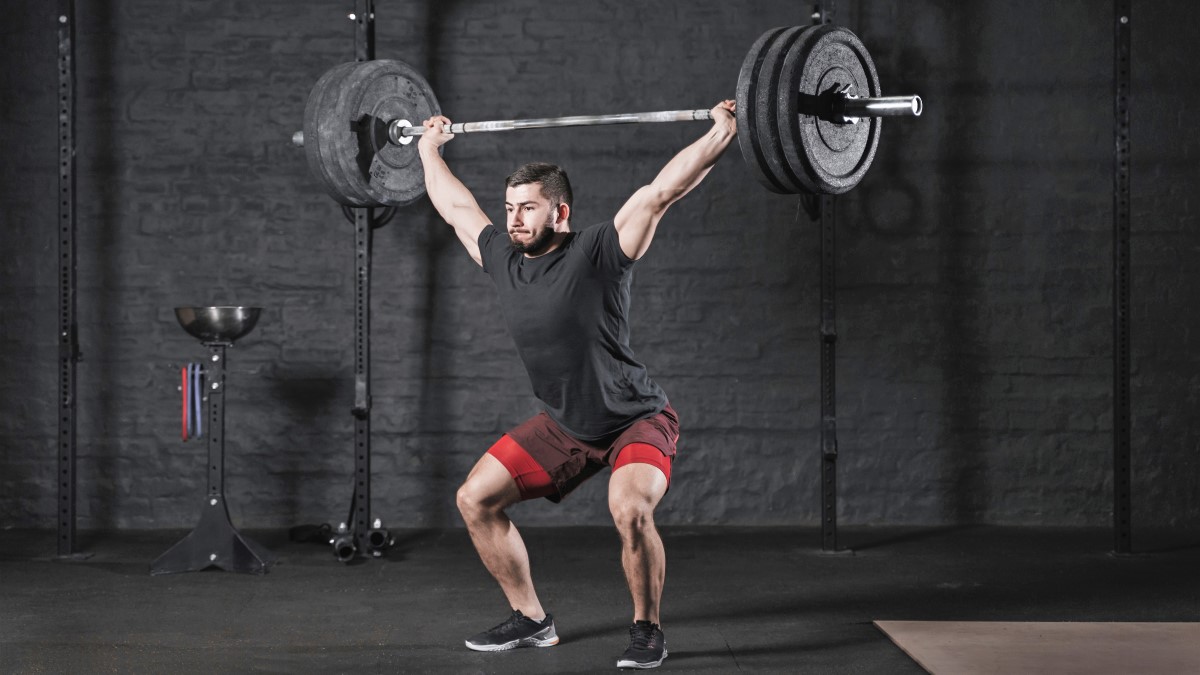
No one talks about the steel used in the manufacture of these bars. Not a single article.
Fair point. Besides Kabuki’s videos, the co founder being a metallurgist or something, I haven’t been able to get much from manufacturers. I don’t know much about the makeup of steel or who really does the ironmaking, fabrication, or whatever else is involved. Do you have a good resource?
I just ordered a Wright bar. $225 – free shipping!!!
Can’t beat that.
Nice, that sale started a month ago. No idea how long it’ll last but good you were able to take advantage of it!
Hi David
Just heard back from ROGUE who stated that the change was made for durability and aesthetics. I replied and asked them to clarify how composites are more durable and how they look better than brass?? Also asked how they can call this an Ohio bar without brass. Told them it was more of a 2.0 Lite without the collar bands.
I will probably still buy it but am kinda feeling like it’s a bait and switch for $325 plus shippping.
Thanks for the follow-up note! Yeah, strange reasoning they gave on the composite bushings. Bronze/brass always looks nice. But I think the composite actually don’t even require lubrication? If I have that right, that could be a justification for it, the way oil or grease lubricants won’t last forever, even though metal does spin better than composite when well lubricated. And I read something once about how metals have lower friction when it’s a different metal rubbing against it, like bronze on steel is better than steel on steel, but I’ll have to research that again.
No, I wasn’t thinking about the 2.0, but I was thinking about the Cerakote Ohio Bar. Which is listed as having composite bushings! Which is irritating because that means it’s not really an Ohio Bar but more like a 2.0 Lite because it doesn’t have the collar bands. Little bit of cost saving bait and switch on their part.
That’s interesting! Those composite bushings are ok but don’t have as sensitive a spin, as you probably know. I wonder if Rogue will phase out the regular Ohio bar and fully push the composite bushings.
This article states that the Ohio Bar has bronze bushings. Pretty sure they have composite bushings now? Still a great bar worthy of this list!
You’re thinking of the Rogue Bar 2.0. I think that one’s the same other than the bushings and coating options.